-
John Brown, Rose and The Midnight Cat (1979) Picture Book Analysis
John Brown and the Midnight Cat is a classic Australian picture book by Wagner and Brooks. Children read a different story from adults.
-
Boredom and Storytelling
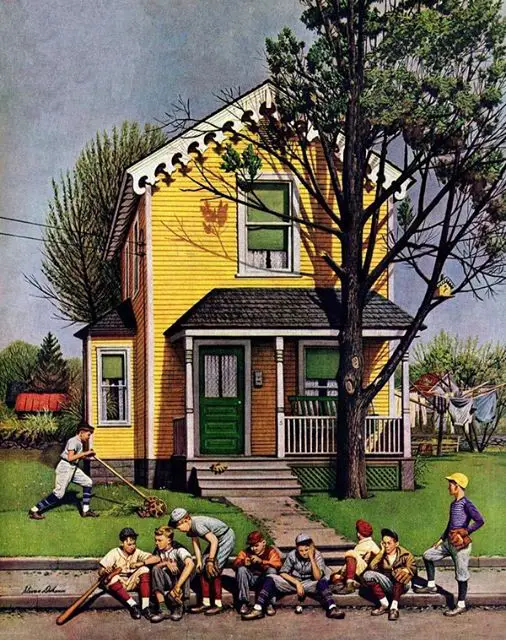
Why do fictional characters leave the house? Sometimes it’s because they face a crisis and are pushed into action. Melodramatic stories work like that. Sometimes characters are lonely, wanting friends or romance. Sometimes it’s because they’re curious and there’s a mystery to be solved. And sometimes boredom is the motivator. Stories can begin because characters […]
-
Sylvester and the Magic Pebble (1970) Picture Book Analysis
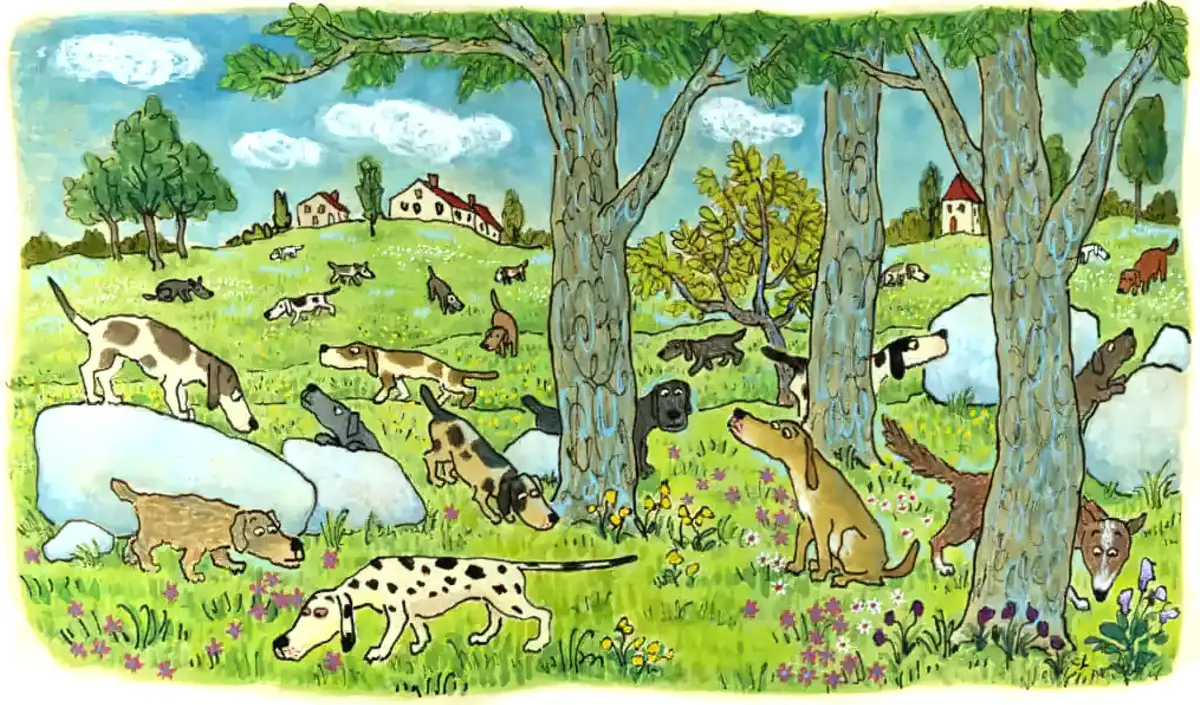
from the book “Sylvester and the Magic Pebble” written and illustrated by William Steig, published by Windmill Books, Simon & Shuster, New York, 1969. Winner of the Caldecott Medal in 1970
-
Cannibalism in Storytelling
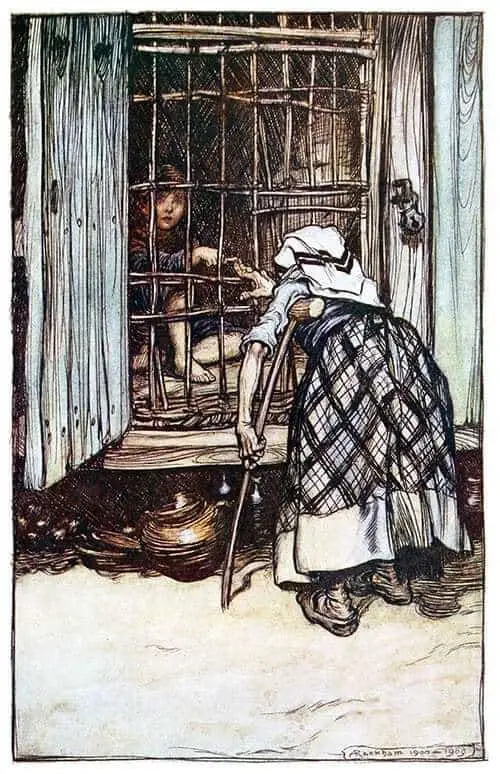
If you wanted to create a scary monster, the scariest ever, how would you go about it?
-
Emotion In Storytelling: Kindness and Pathos
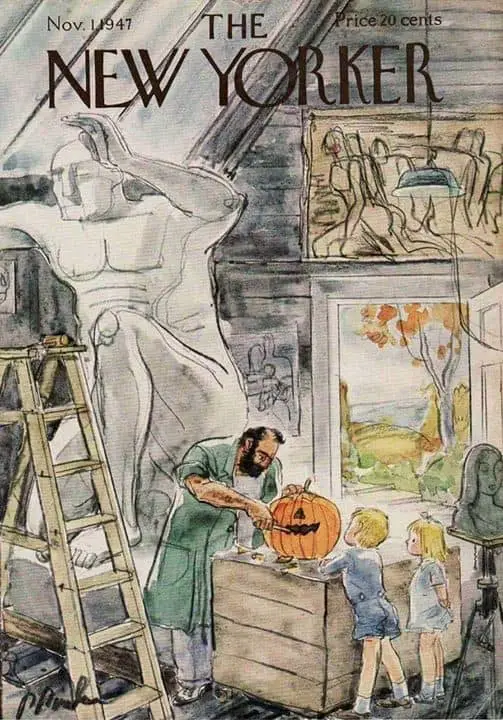
How does a storyteller create pathos in an audience? It’s not done by making a character sad. Nor is it done by simply killing a character off. Characters extending kindness to others is a far more reliable trick.
-
What Is Psycho Narration?
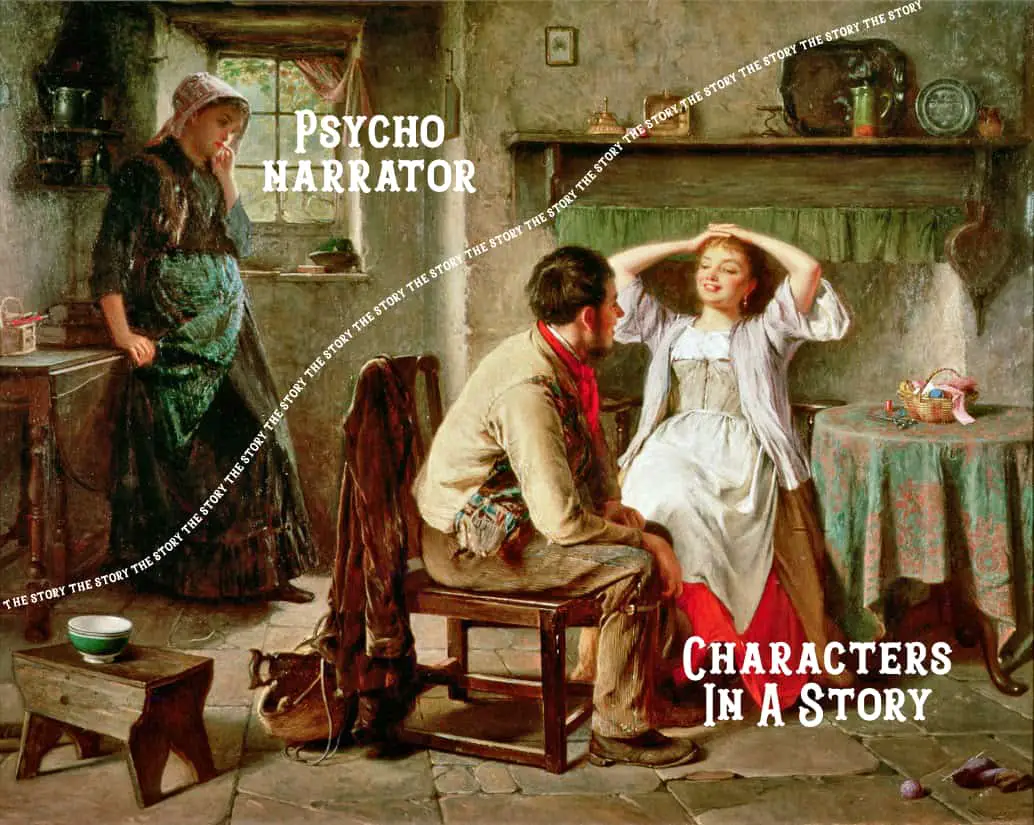
Psycho-narration describes how writers make use of omniscient narrators to reflect their characters’ consciousness. Sometimes, authors use an unseen narrator, but use the language of the character they describe. In other words, psycho narration is an ‘outside’ commentary of a character’s consciousness, but in the character’s own ‘words’. Because there’s no actual talking going on, […]
-
Why Do Authors Leave Characters Unnamed?
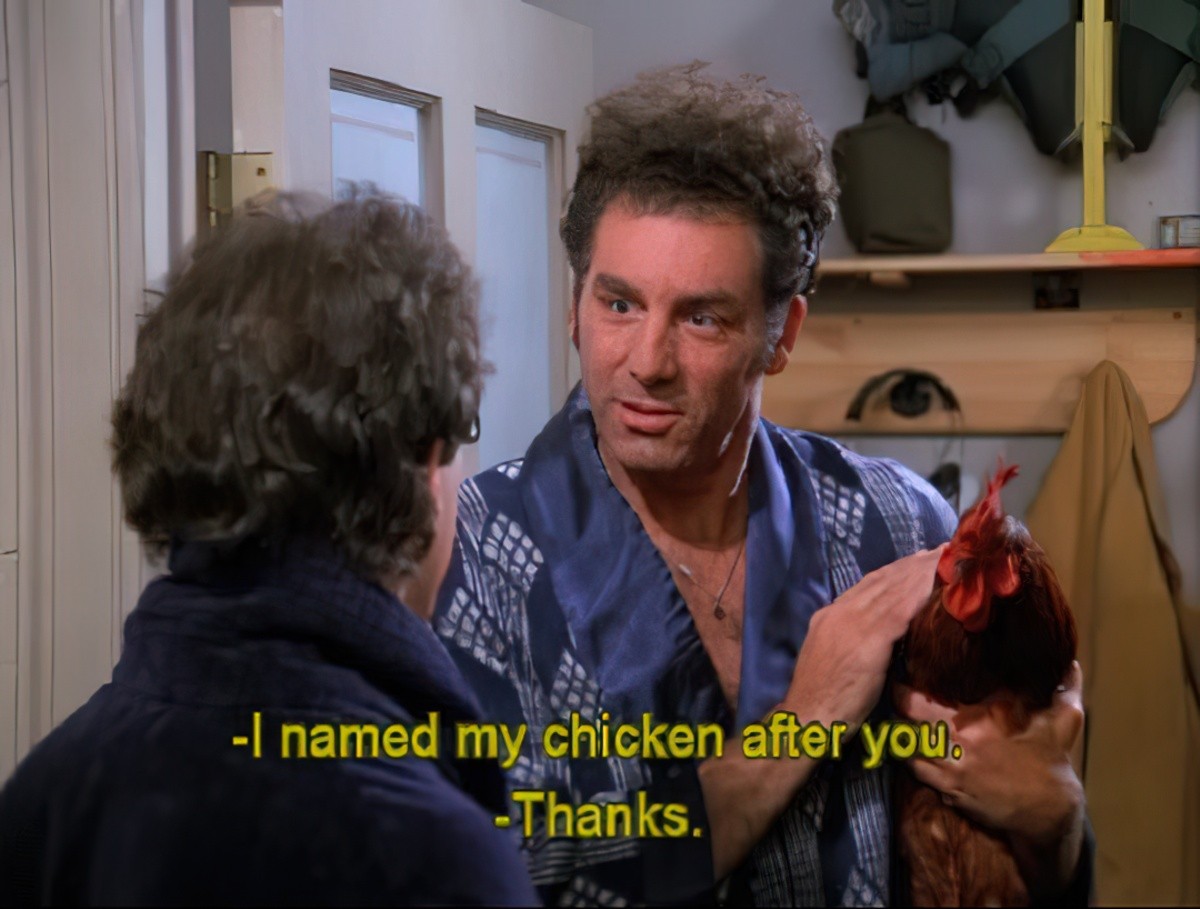
When telling a story, why might a writer choose not to name a character? If you’ve ever written an essay about a fictional work with an unnamed character you’ll realise it’s more hassle not to name a significant character than to just go ahead and call them something. Indeed there are reasons not to.
-
Clowns in Art and Storytelling

Once upon a time clowns were an un-ironic take on the jester archetype. Storytellers could make use of clowns to lighten a mood. Shakespeare did it. Toon. A comic relief character generally intended to be recognized as such — Rosencrantz and Guildenstern are toons (most of Shakespeare’s comic relief characters are toons). Toons have a limited […]
-
Loneliness in Art and Storytelling
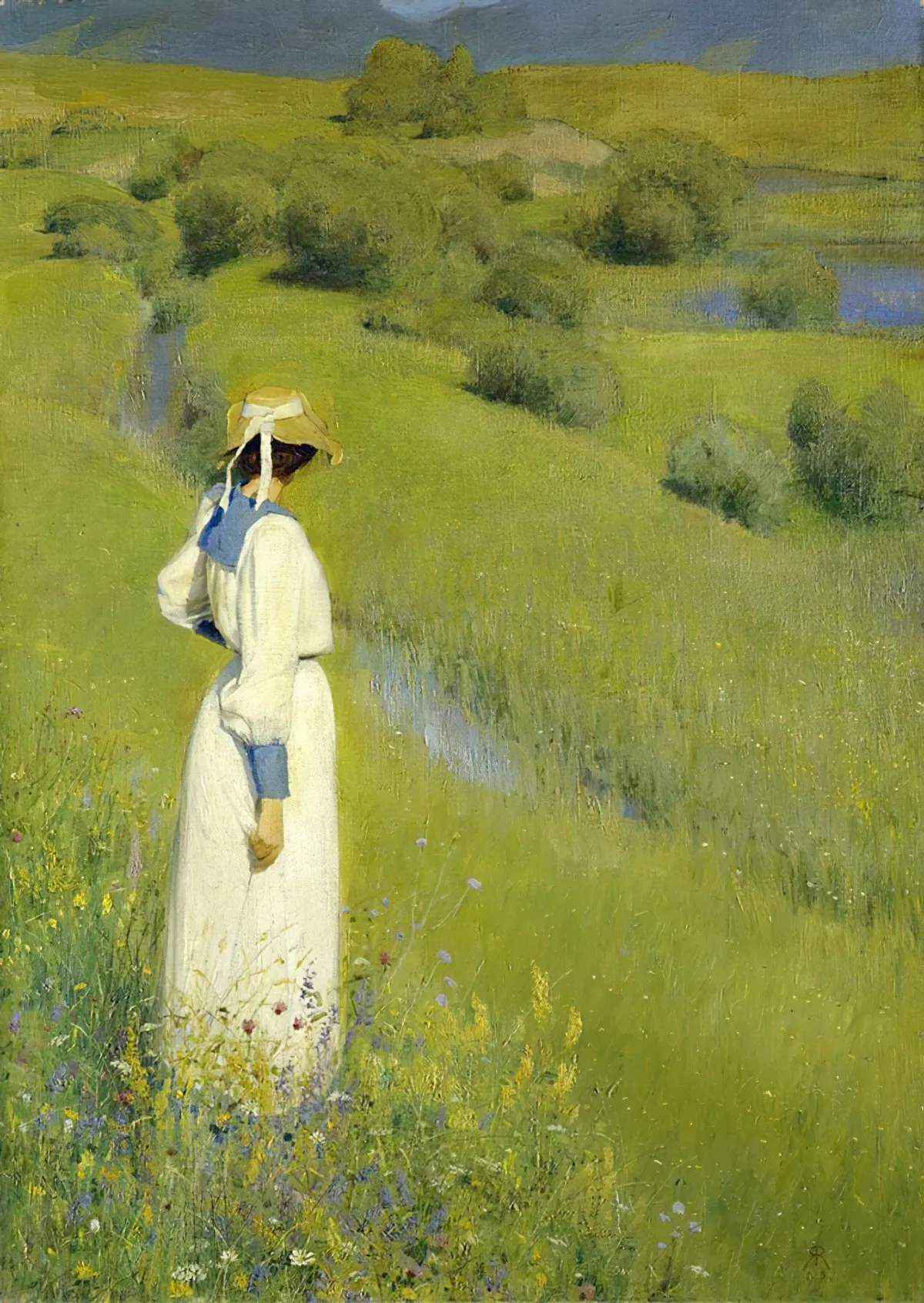
Edward Hopper was a master at depicting loneliness with paint. The sense of isolation is achieved with colour and composition. Eyes don’t meet, or not at the same time. Body language is closed off. Figures are small inside vast spaces, their heads far from the top of the canvas. They gaze from windows as if longing for connection.
-
A Brief History of Home Lighting
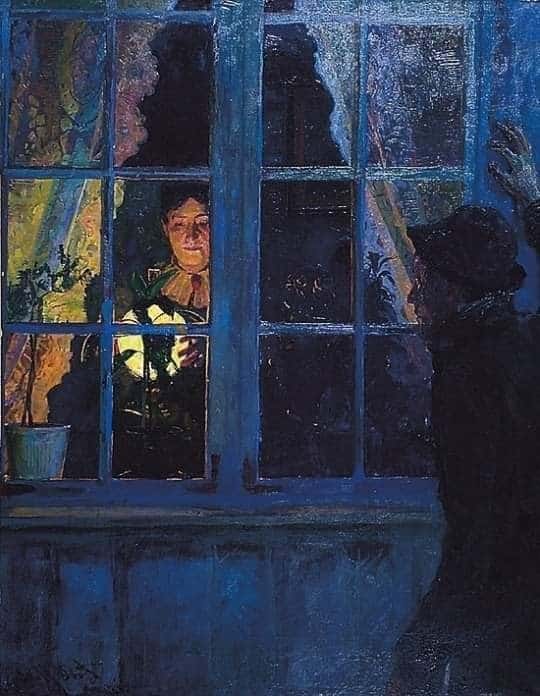
With the invention of electric light human lives changed suddenly. This change was reflected immediately in art, first by the Impressionists. Impressionist painters were the first to enjoy the freedom of painting without reliance upon the sun, in plein air. Artists from the 1960s to today use light sources to express ideas, concepts and to […]
-
How to become invisible
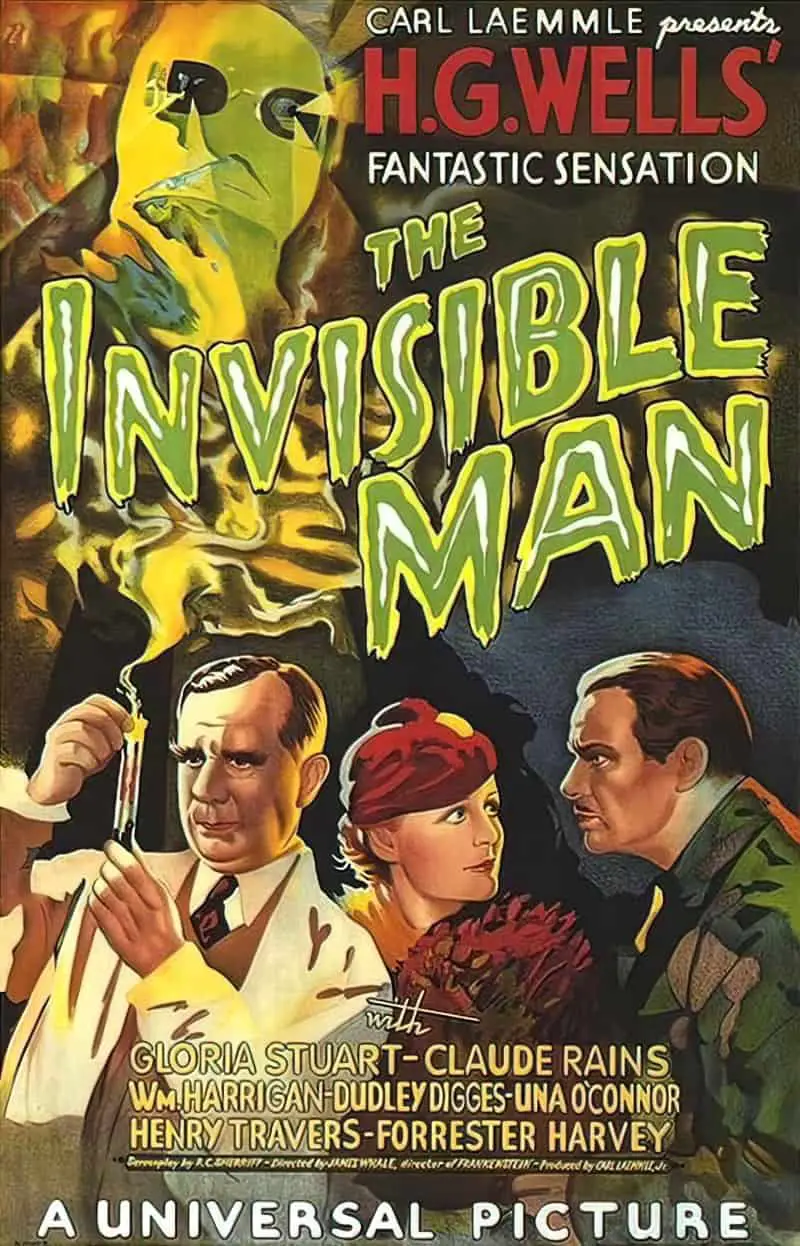
For this one you must go to Iceland. Once in Iceland, get your hands on a magical text full of spells and suchlike, a.k.a. Icelandic grimoires. But to save you the trouble, refer to the recipe below.
-
A Brief History of Road Trip Stories
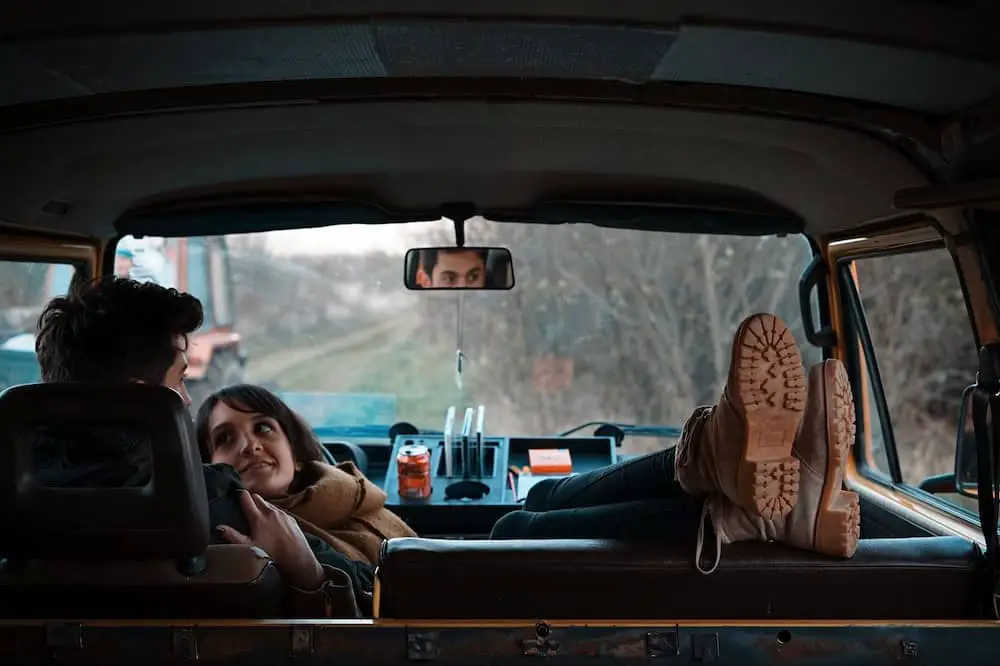
Road trip stories are basically mythic journeys. Usually, a group of friends or family are travelling together instead of alone. As well as meeting a succession of opponents along the way they argue among themselves. The Minotaur opponent who comes in from outside either binds them together or (in a tragedy) drives them apart. Occasionally […]
-
The Harlot’s Progress Archetypal Story
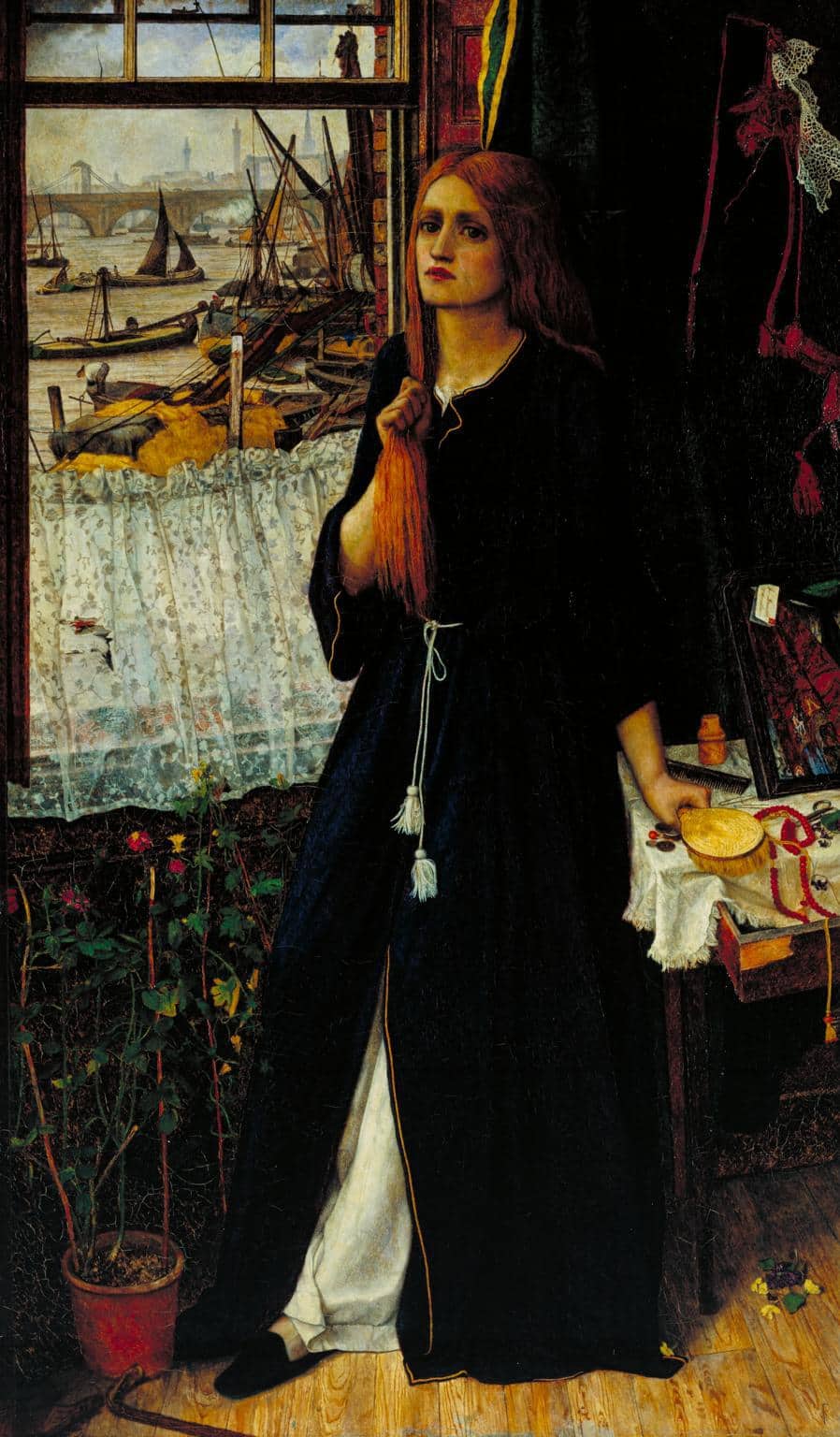
‘The Wise Virgins’ published 1864 by Sir John Everett Millais
-
Bluey Australian TV Show Storytelling
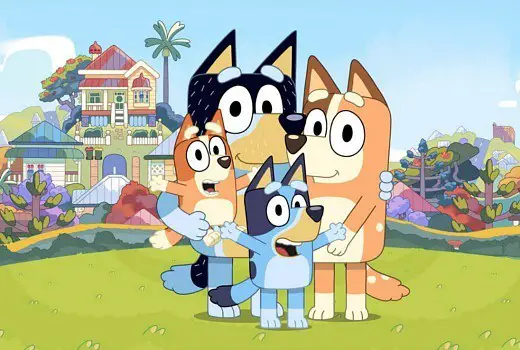
Remember that time an episode of British cartoon Peppa Pig was taken off air in Australia? It was the episode which taught kids that spiders aren’t scary. Not a lesson Aussie kids need to learn. Well, fast forward a few years and Australian kids now have their own cartoon series reminiscent of Peppa Pig. Bluey […]
-
Unrequited Love in Storytelling
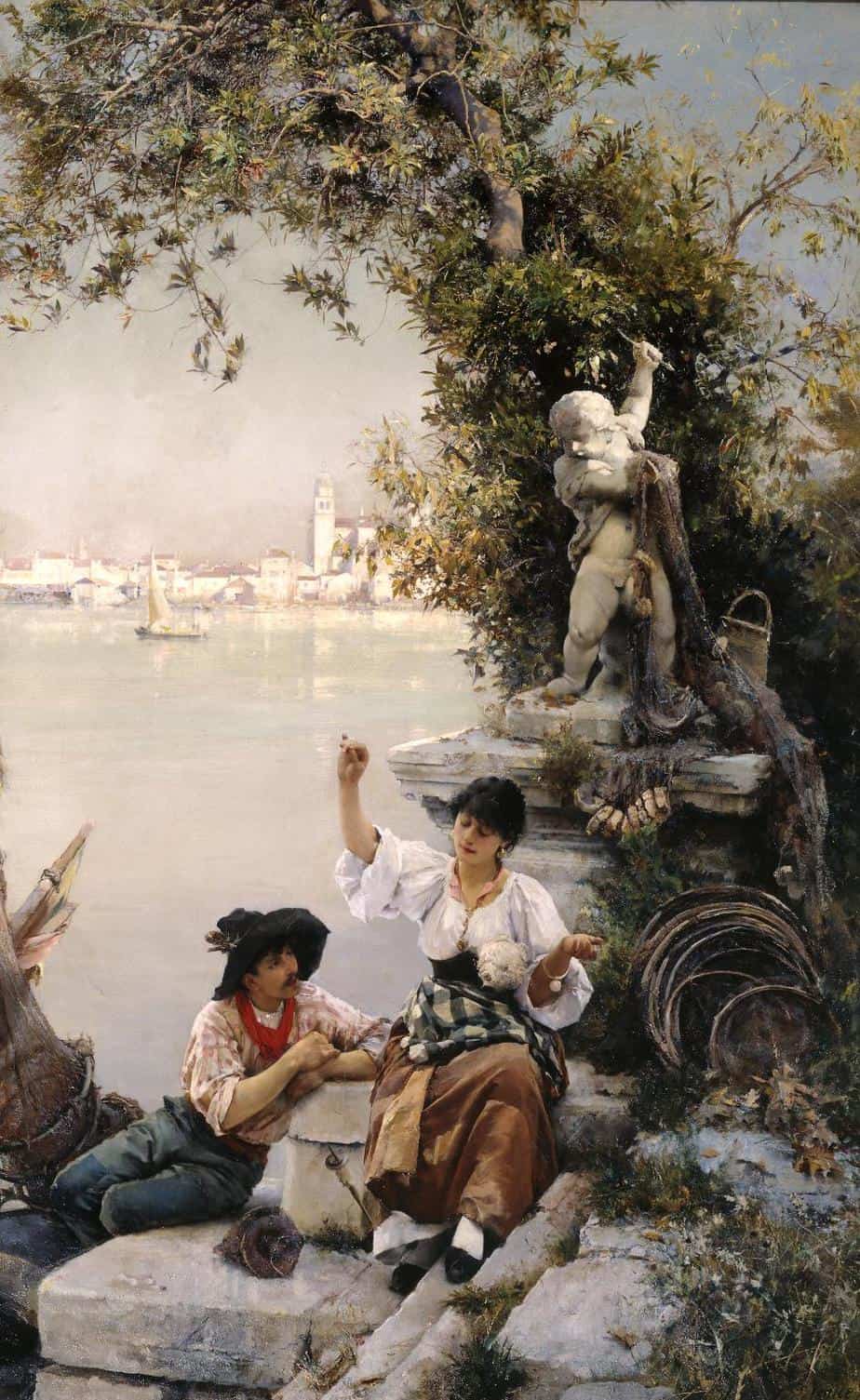
There is a strong bias in storytelling, across the board: In stories of unrequited love, the object of affection is the romantic opponent, not the main character. Time and again, storytellers show the pain of falling for someone else without reciprocation. We very rarely experience a narrative from the point of view of the person […]